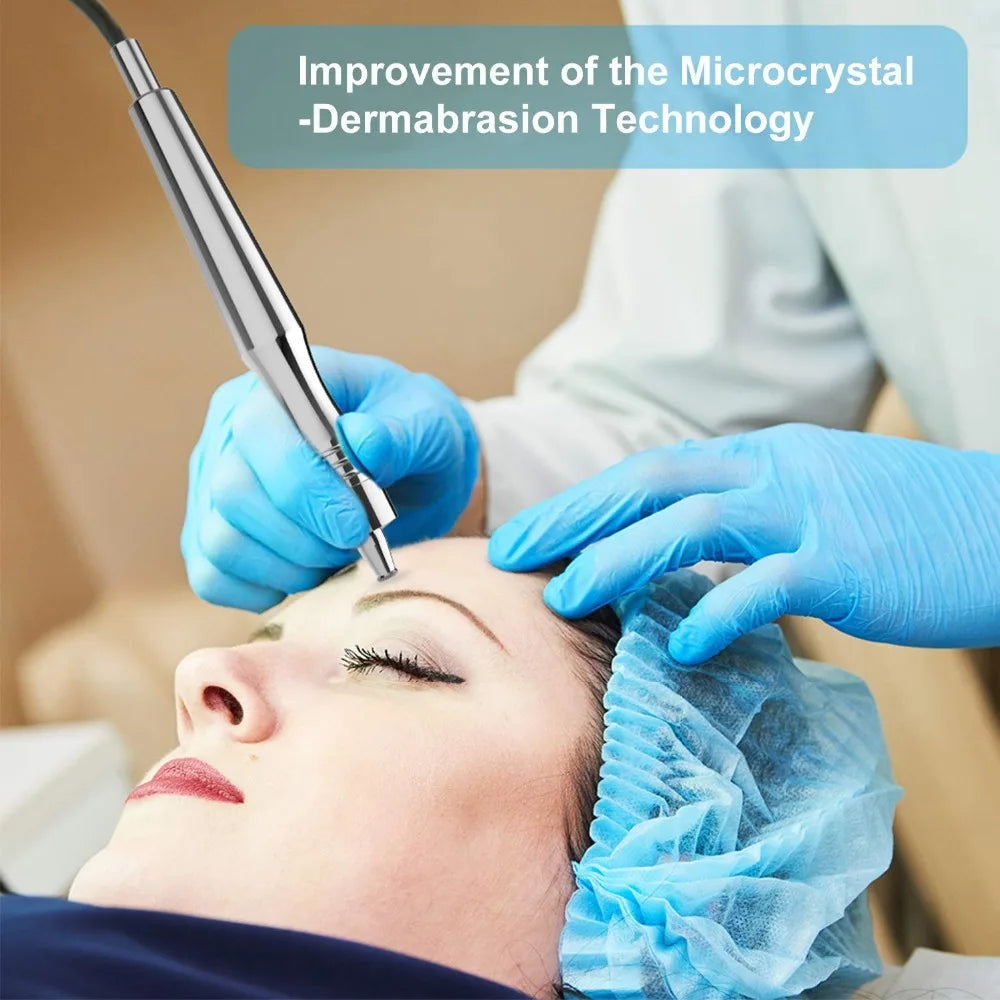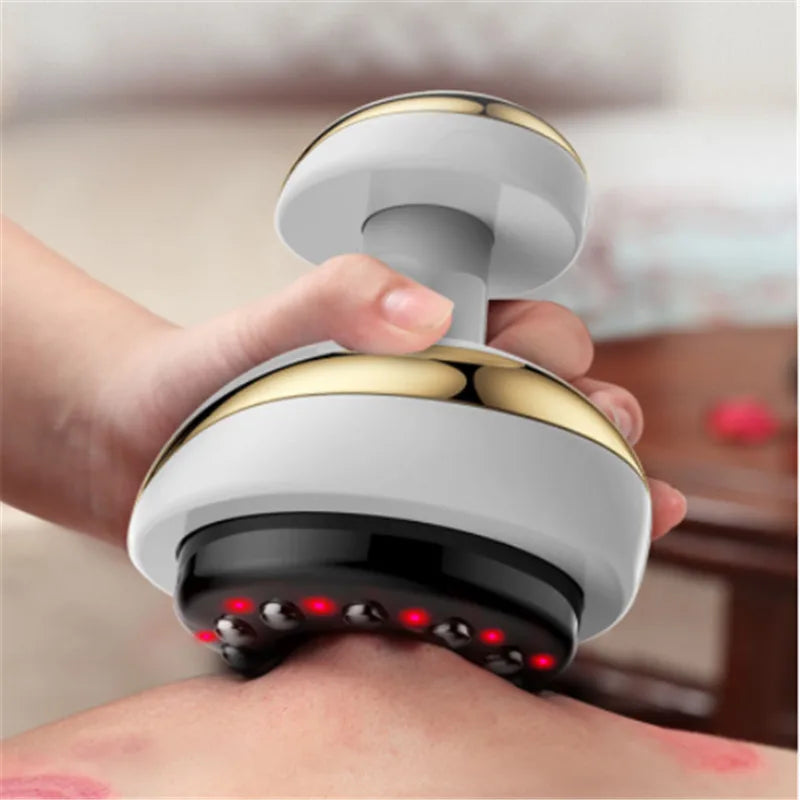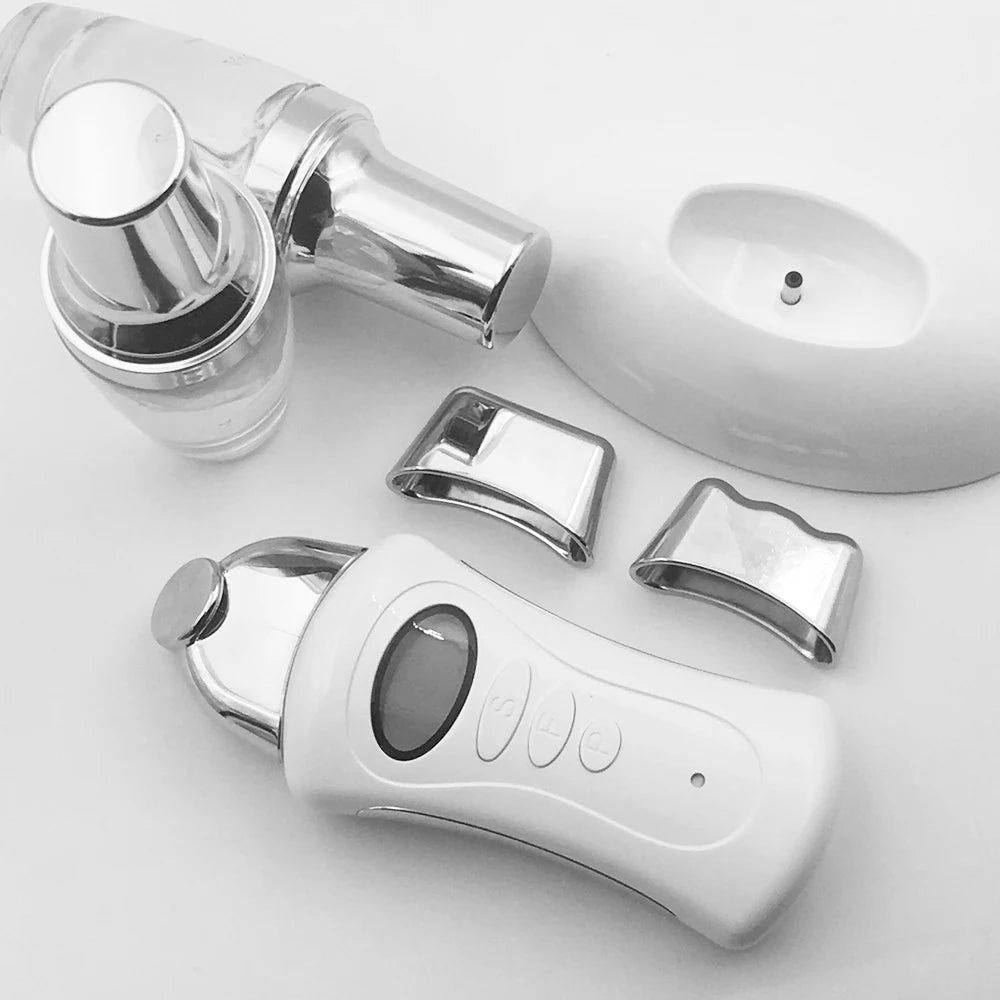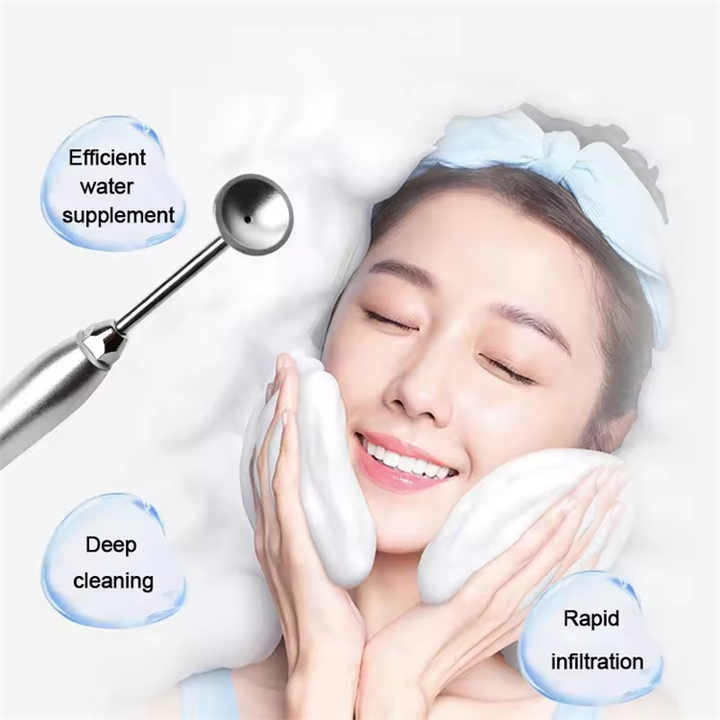Microdermabrasion, often called "body polishing," has become a go-to cosmetic procedure over the last five years. This simple and safe treatment involves blasting aluminum oxide crystals or other gentle abrasives onto your skin, then vacuuming them away—all with a single handpiece. It’s gained popularity for its effectiveness in tackling photoaging, hyperpigmentation, acne scars, and even stretch marks. Despite its widespread use, many are still curious about how it actually works!
How Does Microdermabrasion Work?
Microdermabrasion targets the stratum corneum, the outermost layer of your skin. It avoids deeper layers to prevent pain and potential damage. Whether you opt for an at-home product or a professional treatment, the principle remains the same: by removing or breaking down the stratum corneum, your body interprets this as a mild injury and rushes to regenerate new, healthy skin.
After the treatment, you might notice some mild swelling and redness for up to two days, but the benefits can be impressive. With the outer layer gone, your skin feels smoother, fine lines fade, and those pesky post-inflammatory spots lighten up. Plus, without the barrier of the stratum corneum, your favorite skincare products can penetrate deeper, making them more effective.
Who Should Consider Microdermabrasion?
Microdermabrasion is excellent for addressing superficial acne scars, post-inflammatory pigmentation, and signs of photoaging like fine lines and enlarged pores. However, it’s not suitable for everyone. If you have active rosacea, fragile capillaries, or conditions like eczema and lupus, it’s best to steer clear. Additionally, those who have recently taken isotretinoin should also avoid this treatment due to potential skin sensitivity.
What to Expect During the Procedure
When you arrive for your session, the technician will make sure you're comfortable and cleanse the treatment area. The microdermabrasion tool will then glide over your skin with even pressure, removing the stratum corneum. A typical session lasts 15 to 30 minutes and usually involves one to three passes with the device. If you have deeper acne scars, the technician may apply more pressure, but you’ll be informed about the aftercare required.
After the session, you'll want to keep your skin hydrated with specialized lotions and creams to promote healing.
Different Techniques of Microdermabrasion
There are various methods for microdermabrasion, including:
- Crystal Microdermabrasion: This common technique uses aluminum oxide crystals for gentle abrasion. These crystals are effective and safe, causing minimal allergic reactions.
- Diamond-Tipped Devices: These use diamond-coated tips to exfoliate the skin without the mess of crystals. Patients often find this method less painful and more hygienic.
- Vacuum Technology: The vacuum action pulls the skin up while delivering crystals, ensuring even application and removing dead skin.
What to Watch Out For
While microdermabrasion is generally safe, there can be side effects like temporary redness, sensitivity, and in rare cases, bruising. It's essential that the technician uses the equipment properly to avoid any complications, especially around sensitive areas like the eyes.
Conclusion
Microdermabrasion can be an excellent option for rejuvenating your skin, especially if you're looking to improve texture and tone. With sessions recommended every 10-15 days, many find that combining microdermabrasion with superficial peels enhances results even further. If you’re curious about this body polishing treatment, consider consulting a professional to see if it’s the right fit for your skincare needs!
Find our more about microdermabrasion thru this link: https://bit.ly/microdermabrasionubody





